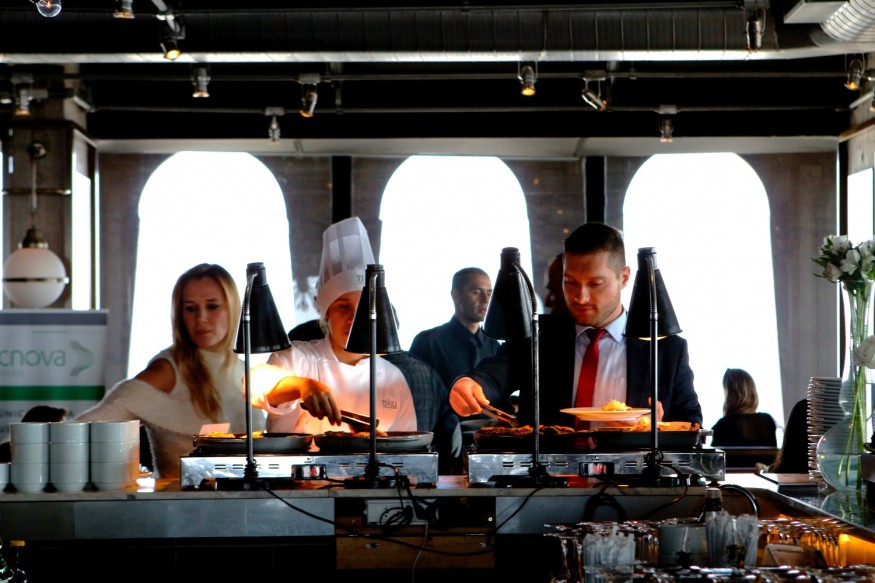Foods that have been exposed for an extended period, such as those found in buffets, may not be safe for people to consume since they can cause foodborne illness due to unsafe storage conditions. Food safety experts recently identified some of the worst buffet meals that should be avoided, from wilted lettuce to raw seafood.
1. Withered Buffet Produce

When you are dining at a buffet, it is essential to remember that you should always eat with your eyes first. Be cautious regarding food that has undergone a loss of integrity, such as withered lettuce, dehydrated food, or dishes whose liquids have seeped into the storage container. These are typically indications that food has been left out for an excessive amount of time, which may have created a breeding environment for bacteria.
2. Unrefrigerated Food
Assuring that the hot food is kept hot and the cold food is kept cold is one of the most critical jobs that the crew at the buffet is responsible for. Randy Worobo, a professor of food science at Cornell, stated that people should avoid temperatures that fall into the danger zone or between 40 and 140 degrees Fahrenheit. He also said that foodborne infections exhibit rapid growth at temperatures like these, particularly around the body temperature, about 98 degrees Fahrenheit.
As mentioned, check to see that the food is genuinely stored on ice and not in a pool of water if it is intended to be consumed cold and is placed on ice. The food should be chilled before being placed on the ice rather than being cool. Shrimp cocktails should be consumed cold after being cooked.
3. Raw Selection
It is a good idea to pile raw seafood on your plate at a buffet to get the most out of your money. However, Shelley Feist, who serves as the executive director of the Partnership for Food Safety Education, revealed that raw meals do not undergo the essential 'kill step,' which is the process by which bacteria are eliminated through cooking.
As stated, freezing fish that will be served raw is required by the Food and Drug Administration to eliminate any parasites that might be present in the fish. On the other hand, nothing can be done to determine whether or not the seafood at a buffet has been frozen. Despite this, external microorganisms that would have otherwise been eliminated during cooking can penetrate the seafood.
Moreover, greens that have not been cooked, such as romaine lettuce, bean sprouts, and spinach, frequently contain E. coli and should also be avoided. Salmonella is bizarrely more likely to grow on the surface of cantaloupe than on any other fruit, but raw oysters, tuna, and sushi can reportedly be hazardous. If you decide to consume it, ensure it is completely cold. Furthermore, another thing that attracts bacteria is lemon slices.
Importance of Storing Foods Properly
Proper storage of food helps maintain the quality and nutritional worth of the foods you buy, and it additionally aids in making the most of the money you spend on food by keeping the meals from becoming rotten. Thus, the correct preservation of food can assist in preventing foodborne illnesses brought on by hazardous germs.
Accordingly, implement the utilization of fresh, perishable goods as soon as they are grown or acquired. Oxidation-induced fat rancidity, meat slime, and yeast-induced fruit juice fermentation make food unpleasant but not bacterial. Furthermore, hazardous bacterial spoilage can be identified by off-odors in foods and a sour taste in otherwise bland foods. Despite this, food might have a high bacterial count, even without such signs.
To keep up with the latest news on trending recipes, food safety, and more, follow Food World News!









